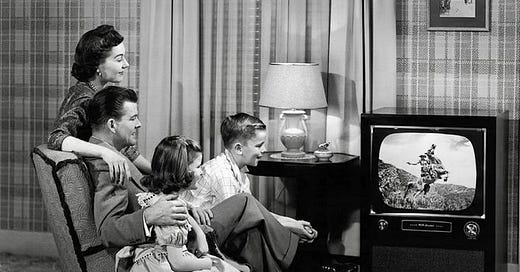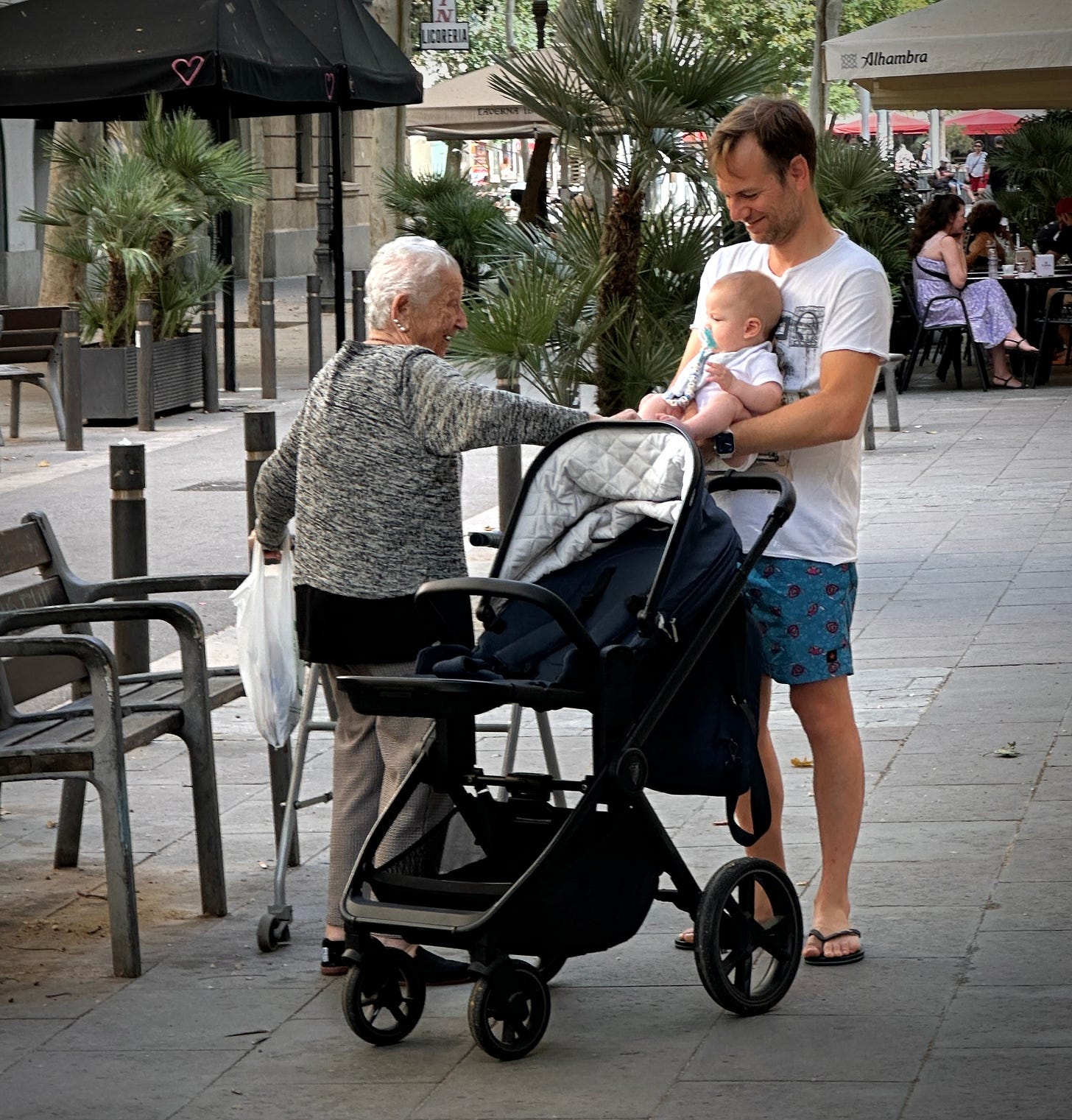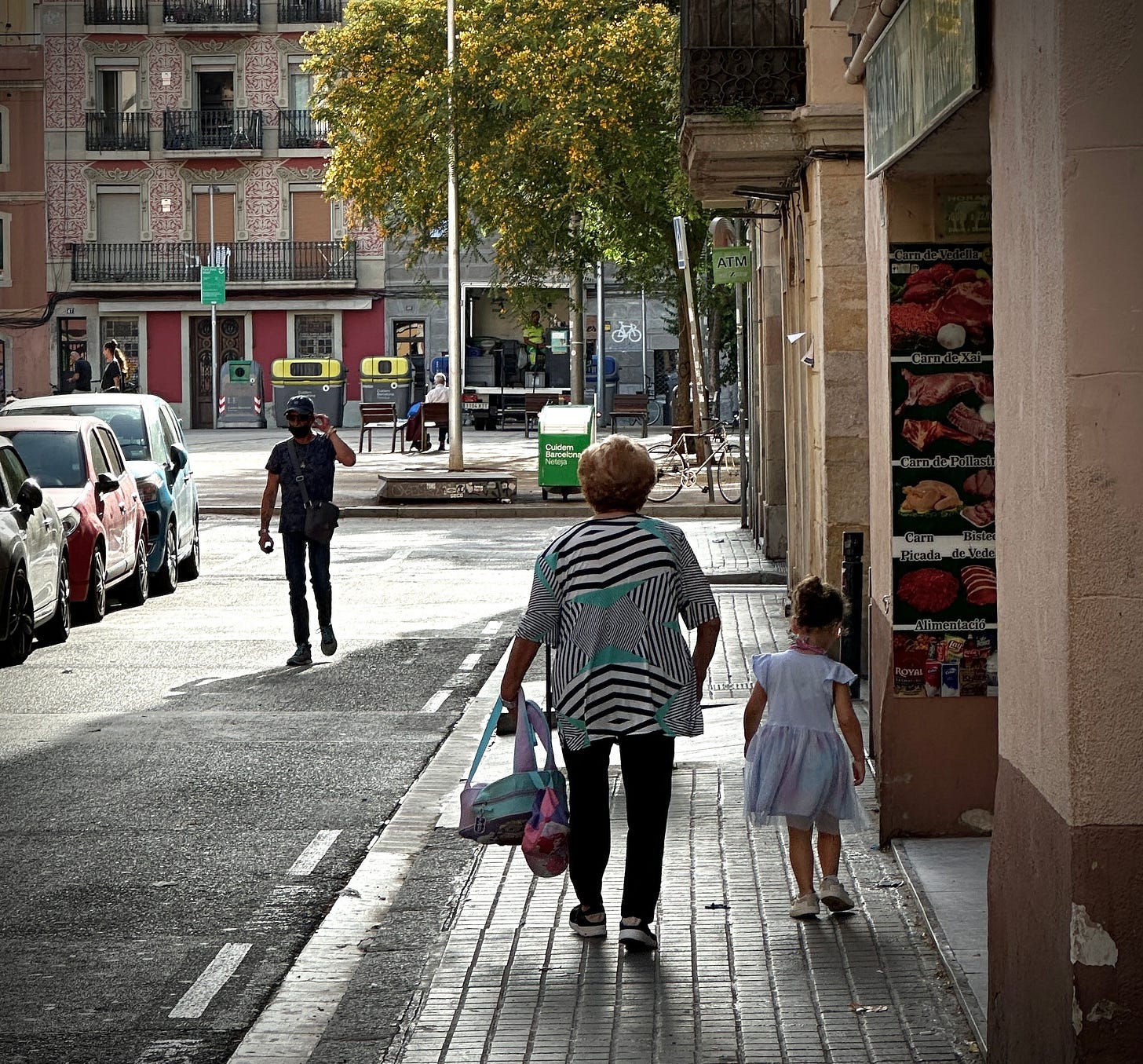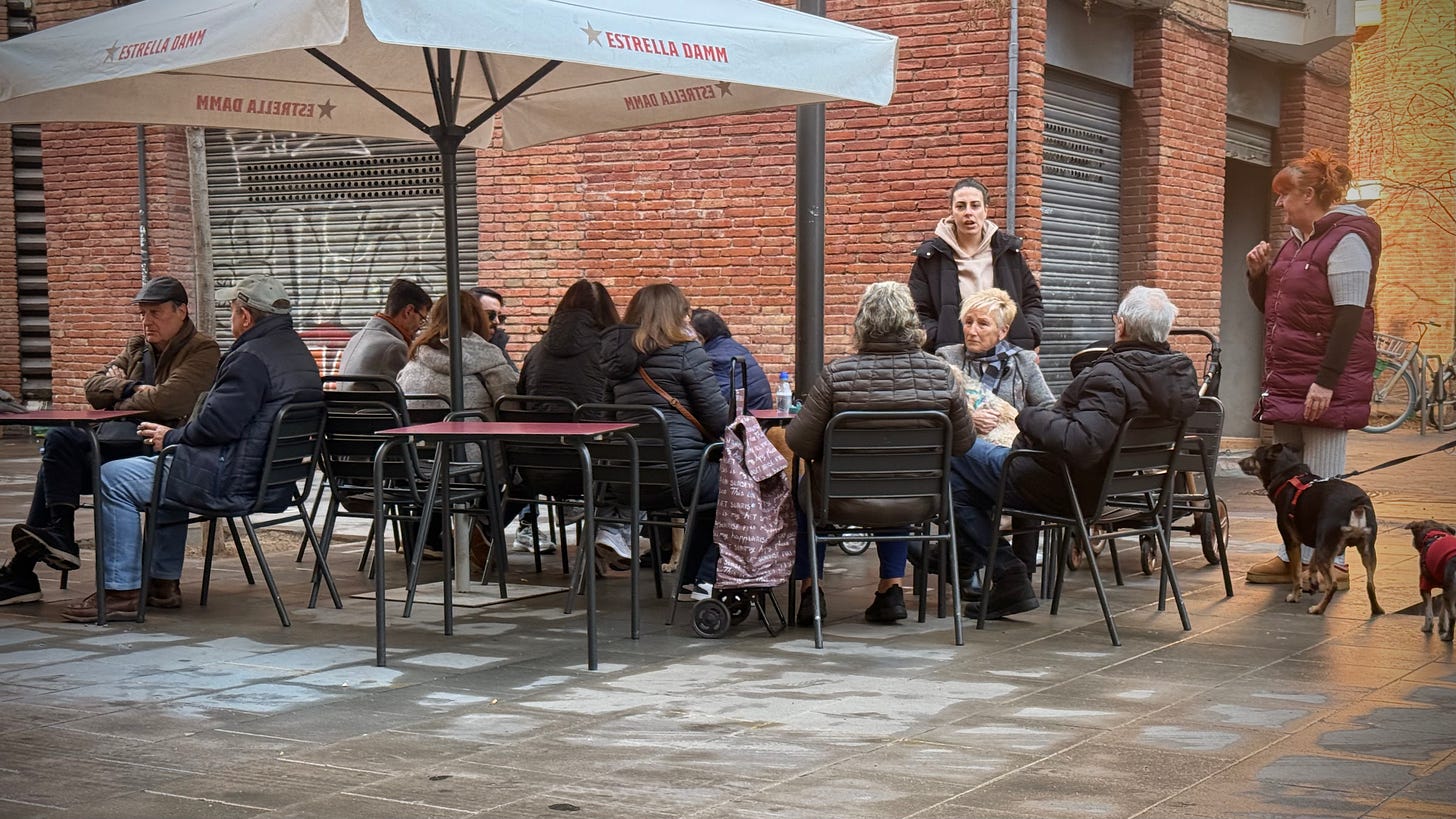There is no "loneliness epidemic", we’re choosing to be anti-social
I blame the built environment
Greetings friends - A quick reminder that I’m hosting a Substackers Meet-Up in Barcelona tomorrow February 12th, if you’re in town I hope to see you there!
Now on to today’s essay…
This morning I was scrolling Substack and came across a fantastic post from
about how everyone’s lonely but no one can hang out.It’s not that people don’t want to hang out. The media claims we’re experiencing a “loneliness epidemic” but there’s actually no evidence of this:
Surveys from rich countries do not suggest there has been an increase in loneliness over time. Today’s adolescents in the US do not seem to be more likely to report feeling lonely than adolescents from a couple of decades ago; and similarly, today’s older adults in the US do not report higher loneliness than did adults of their age in the past.
The issue I see in the US is that we don’t have enough places to hang out. Or they’re too far away and require too much activation energy to get to. Everyone’s busy, no one wants to sit in a car for 30 minutes just to grab a quick coffee with a friend.
When socializing takes too much activation energy, we default to the easy option which is to stay home and watch Netflix or scroll social media.
In the US, we prioritized living a private individualistic lifestyle, and because of this, there’s a lack of social infrastructure. We don’t have enough communal public places to just sit around and hang out.
Derek Thomas discussed this in his recent Atlantic piece The Anti-Social Century:
What happened in the 1970s? The government dramatically slowed its construction of public spaces. “Places that used to anchor community life, like libraries and school gyms and union halls, have become less accessible or shuttered altogether,” he told me. Putnam points, among other things, to new moral values, such as the embrace of unbridled individualism. But he found that two of the most important factors were by then ubiquitous technologies: the automobile and the television set.
Starting in the second half of the century, Americans used their cars to move farther and farther away from one another, enabling the growth of the suburbs and, with it, a retreat into private backyard patios, private pools, a more private life. Once Americans got out of the car, they planted themselves in front of the television. From 1965 to 1995, the typical adult gained six hours a week in leisure time. They could have devoted that time—300 hours a year!—to community service, or pickup basketball, or reading, or knitting, or all four. Instead, they funneled almost all of this extra time into watching more TV.
It’s not that we don’t have leisure time, it’s that our environment strips us of the opportunity to engage with our surroundings and the people around us.
In Spain (and much of Europe), towns and cities are covered in public plazas and squares where every generation can be seen hanging out. I hardly ever see this type of inter-generational mixing in the US:
Studies show that living near community-oriented public and commercial spaces brings with it a ton of social benefits.
I’ve said this in a previous post but I think it’s worth re-iterating:
I have no desire to doom scroll IG or binge Netflix because every time I walk downstairs I feel like I’m “refreshing the timeline” of my neighborhood. There’s always life in the streets with people hanging out and enjoying themselves.
This is why it boggles my mind when someone says “where you live doesn’t matter” and that the key to happiness is to just “work on yourself”.
Place matters. Where you live matters. It plays a massive role in your day-to-day social interactions and your overall well-being. I don’t have to go out of my way to meet with friends, it just happens as a bi-product of me going about my day.
If communities in the US were to invest in public infrastructure and neighborhood amenities such as coffee shops and libraries, people would be much more likely to go out an socialize with one another.
Having a third place near your home could quite literally change your life:
Americans who live in communities with a rich array of neighborhood amenities are twice as likely to talk daily with their neighbors as those whose have few amenities. More important, given widespread interest in the topic of loneliness in America, people living in amenity-rich communities are much less likely to feel isolated from others, regardless of whether they live in large cities, suburbs, or small towns. Fifty-five percent of Americans living in low-amenity suburbs report a high degree of social isolation, while fewer than one-third of suburbanites in amenity-dense neighborhoods report feeling so isolated.
By removing the friction of having to get into a car and drive long distances, we’ll be much more likely to socialize with those in proximity to us. If the government and communities invest in public infrastructure, people will use it.
I believe deep down that the key to getting off our devices and out of the house comes down to building better neighborhoods. The fate of our society depends on social cohesion, and social cohesion is improved with good urban design.
Until next time my friends,
<3 B
P.S. - If you enjoyed this post, please consider hitting the ❤️ button, it helps get the message out to more people.









I completely agree with you, Brian, when you write:
"This is why it boggles my mind when someone says “where you live doesn’t matter” and that the key to happiness is to just “work on yourself”.
Place matters. Where you live matters. It plays a massive role in your day-to-day social interactions and your overall well-being. I don’t have to go out of my way to meet with friends, it just happens as a bi-product of me going about my day"
Where you live makes a huge difference in your life!
This! One of the most striking things I’ve noticed after moving to a small town in CO this past week is just how many community focused spaces are here. The town is small - only about 2 streets of local businesses and restaurants - but almost every day at least one of them is hosting an event aimed at getting people together, and because everything is so accessible by walking, people show up! Such a stark contrast from life in Chicago, where there’s a ton of accessibility, but no call to engage with one another. It is amazing what place can do for our sense of belonging.